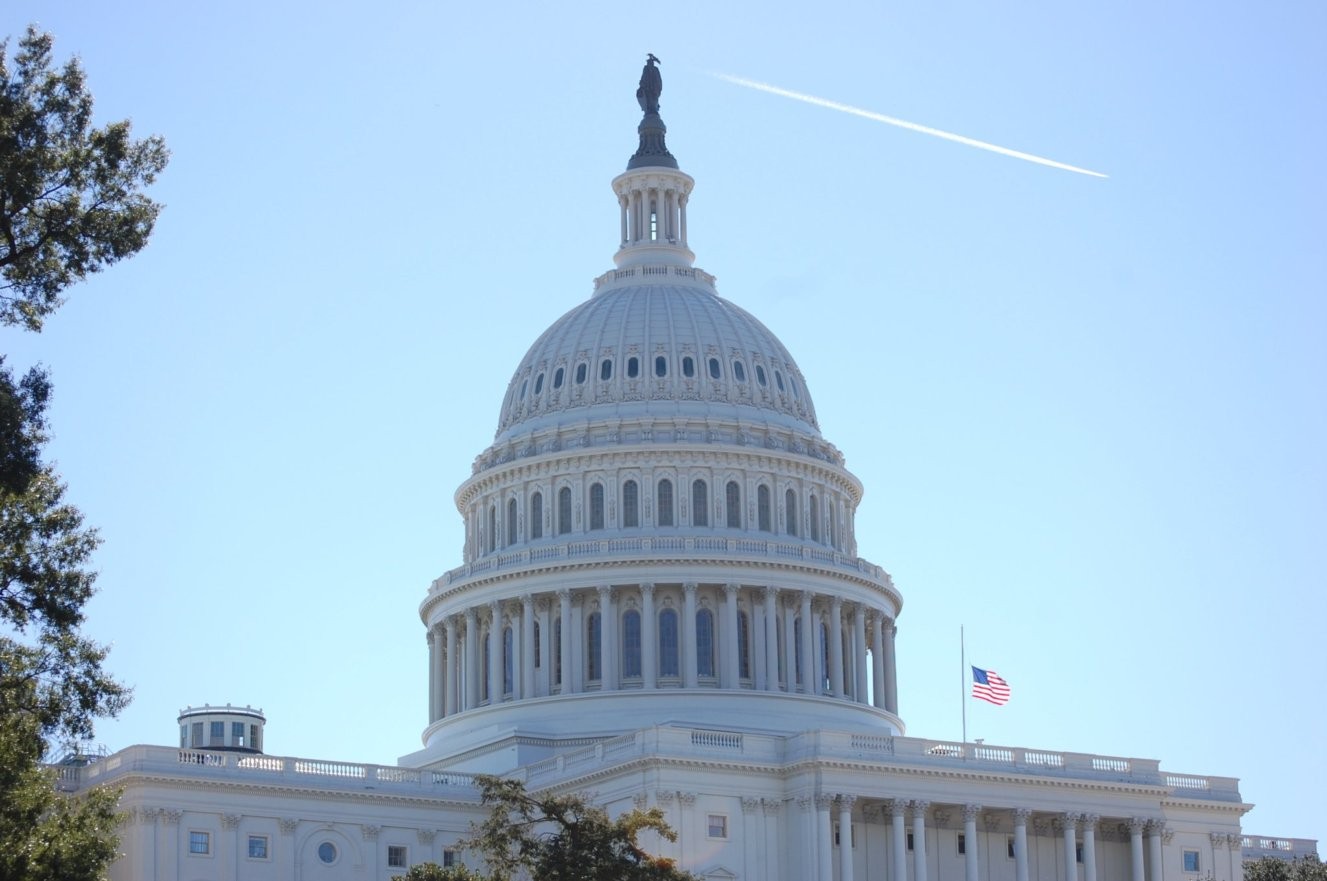It’s hard not to be stunned and discouraged by what happened yesterday in the U.S. Capitol.
This is where our representatives in Congress do their work and a symbol of our system of government.
But it’s also come to occupy a pretty interesting place in our culture.
So today we’re going to get to know our Capitol building a little better.
To start, Capitol Hill is part of an area once home to the people known as the Nacotchtanks, also known as Anacostans.
The Anacostia river and neighborhood are named for them.
The name means “a town of traders,” and the people lived up to it, even trading with the Iroquois in modern-day New York.
The site of the Capitol is a geographical dividing line for the four quadrants of Washington DC.
The White House, for example, is on Pennsylvania Avenue NW because it’s northwest of the Capitol.
The original design came from Dr. William Thornton, technically a doctor but also an amateur architect who caught the attention of George Washington and Thomas Jefferson.
In fact, Washington laid the cornerstone for the building himself in 1793.
Enslaved people did a great deal of the construction of the original Capitol.
One of them, a Black man named Philip Reid, was essential to creating and installing the Statue of Freedom on top of the Capitol Dome; he was paid $1.25 a day for his work on the piece.
He became free by the time the final piece of the statue was in place.
The building sustained a great deal of damage during the War of 1812, when British troops burned it.
A rainstorm ended up putting the fire out.
Later, the Capitol was enlarged and given its famous dome.
It now has five levels and hundreds of rooms.
There’s a subway system for members going to and from their offices in nearby buildings, and at one time there were working bathtubs for members who were living at boarding houses and needed a place to freshen up.
The Capitol was once home to the Supreme Court and the Library of Congress, too, but both were eventually offloaded to their own spaces.
Public tours start in a room called the Crypt, which was originally designed to house George Washington’s remains, even though he wanted to be entombed at his home in Virginia, so at least they found a good use for the space
Perhaps the most intriguing spot in the whole building is in the room now called National Statuary Hall, home to some of the Capitol’s collection of statues honoring two people from every state.
It’s where the House of Representatives used to meet.
Multiple presidents were inaugurated there, and former president and then-representative John Quincy Adams had a fatal stroke there.
But it’s also home to a whispering gallery.
While the room’s half dome shape makes it extremely echoey, there are specific spots where you can whisper to someone who’s standing at another of the spots far away, and they will sound as if they were right next to you.
I could do a week’s worth of shows about the stories of the Capitol and the people who make it what it is.
It has been the site of inspiring and infuriating moments, and as we’ve seen, its history is complicated, to put it mildly.
But it’s worth knowing because even with all that, it’s our capitol.
Like the history that took place there, the laws that are written there, like the rights often discussed there, it is supposed to belong to – and be for – all of us.
To know, to learn and hopefully to learn from.
10 Facts About the U.S. Capitol Building (Mental Floss)
A Native American tribe once called D.C. home. It’s had no living members for centuries. (Washington Post)
Evolution of the Capitol (VisitTheCapitol.gov)
Philip Reid and the Statue of Freedom (Architect of the Capitol)

